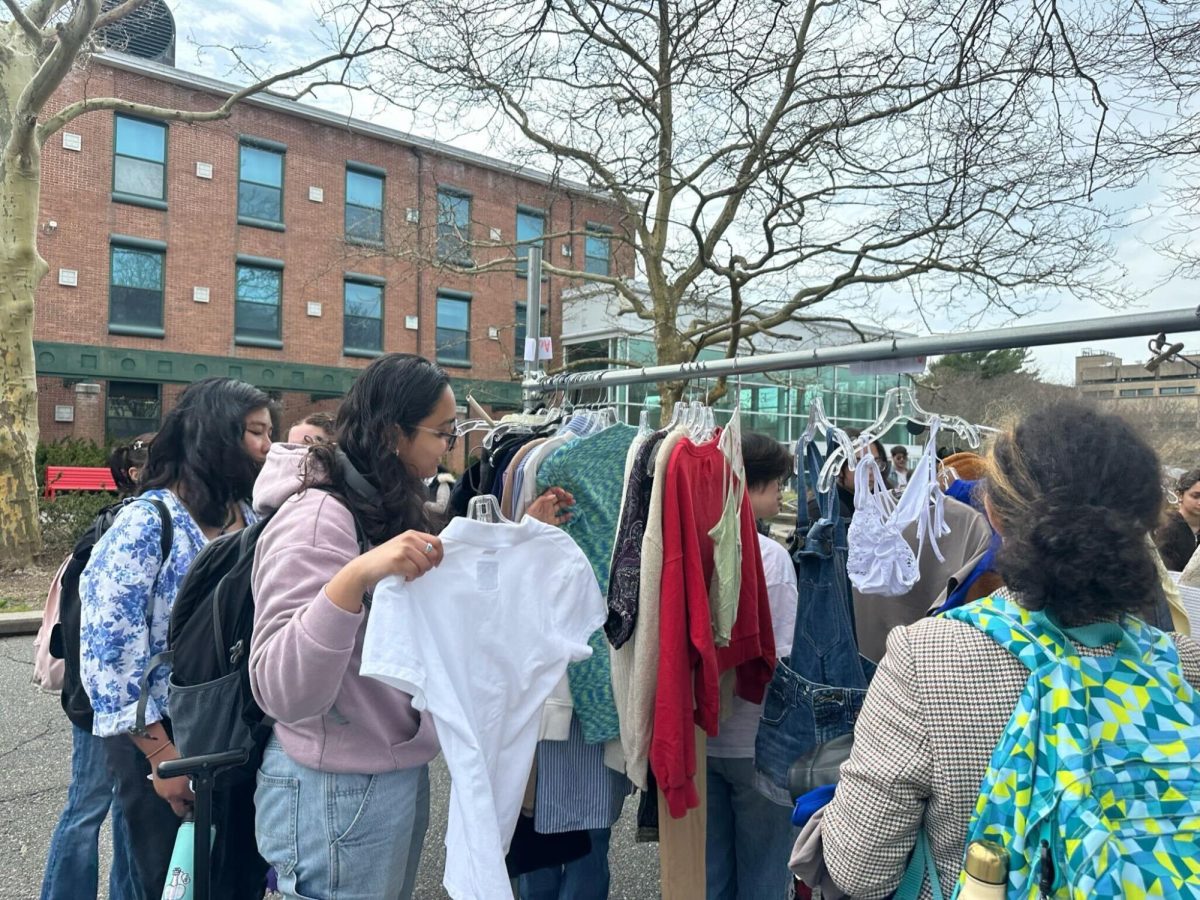Throughout the myriad traversing of ‘love’ poetry, one can come across the starkly unique views of Billy Collins with his work “Aimless Love,” and be refreshed with this author who brings something new to the craft.
Through the use of allusion and imagery, that is either plainly or elaborately described, the author displays his appreciation for “Aimless Love,” which is a love for things the narrator comes across and observes in the present. Collins takes this present act and compares it to the briefly described details that resolve around a loving relationship, which goes beyond the present acts, implying past and future happenings, in addition to the present.
This unique method of pitting present observations and acts against the past, present and future of the briefly written relationship actions is an incredible insight into the psyche of the narrator’s character; the narrator falls in love with the world around him, the good and the bad, yet the acts of a loving relationship are what this character is waiting for, because it is much more meaningful and important, despite difficulties that arise within it. Collins dispels the sappy self-indulgent poems of longing, for love and loving relationships with the narrator’s unique perspective. Yet the overly loving character who yearns for more, brings to fruition the yearning theme, created by the poem’s imagery and allusions, in a truly innovative manner.
The innovation begins with Billy Collins creating an observant narrator for ‘Aimless Love.’ The character presented to readers is shaped by the author’s use of concise and detailed imagery. Collins could not be more straightforward when the narrator states ‘I walked along the lakeshore,/I fell in love with a wren/and later in the day with a mouse’ (Collins 1-3). The author shows the narrator’s fleeting love of things that he comes across, which take up the majority of the poem. Collins is clear, concise and impactful, in few words: ‘I fell at a seamstress/still at her machine in the tailor’s window,/and later for a bowl of broth,/steam rising like smoke from a naval battle’ (6-9). The repetition of contrasting images reinforces the narrator’s love of nearly everything he comes across living in the present. This is the narrator’s ‘Aimless Love.’
Collins then contradicts the narrator, who thinks ‘Aimless Love’ is ‘the best kind of love’ (10). The fleeting wren, mouse, seamstress and broth carry less weight than the love of that of a relationship, and the narrator thinks on what this means to him when Collins writes of love ‘without recompense, without gifts,/or unkind words, without suspicion’ (11-12). The author displays the narrator’s negative connotation of loving relationships from the past, present and potentially future, as he tries to justify the ‘Aimless Love’s’ superiority; this short stanza is heavier and more meaningful than the previous two, where the narrator traverses lightly through fleeting love. Light love of things in the present, without work, appeals to the narrator at first: ‘the love of the miniature orange tree,/the clean white shirt, the hot evening shower’ (17-18). Collins gives simple imagery for simple things. The fleeting imagery starts to repeat and return to the narrator, however, and this alludes to this character yearning to love, as he lingers onto even the small passing love interests: ‘for the wren who had built her nest’hellip;and for the dead mouse,/still dressed in its light suit’ (22-24). Here the author brilliantly personifies the mouse’s fur, as though it were a suit on the dead body. The repetition signals the narrator lingering on even fleeting loves, and the author brings this realization home to the narrator as he declares ‘[his] heart is always propped up/in a field on its tripod,/ready for the next arrow’ (25-27). The heart is ready for the next arrow to aim at, or in other words, the next loving relationship.
Collins alludes to the title, ‘Aimless Love,’ and undermines it as the theme, because the narrator has come to grips with the fact that he wants ‘real’ love, despite the tough details of a loving relationship he’s described from past experiences which could come about in the future ones, and he seems to accept it.
The theme of ‘Aimless Love’ is not be aimless, but to instead accept the yearning to love another. Collins reinforces this as the narrator comes full circle in the poem as he ‘carried the mouse by the tail/to’hellip;the woods’ (28-29). The narrator washes his hands, but not of the affair, for he observes the soap in the present. Having accepted his yearning ways, he gazes ‘down affectionately at the soap’ (31). The next fleeting love is before him, but he will embrace it, love it, and wait for another, for he ‘could feel [himself] falling again’ (34). The love of the soap permeates the narrator, as Collins has won over this character’s sense of love. The character loves to love, yearns to love, but no longer looks on the fleeting love as better than the tough love with another.
The author has carefully constructed the piece with events that every human being can relate to, making them personal to readers, but also personal to the narrator who is quite taken with love. In ‘Aimless Love,’ Collins has reinvented a legitimate yearning theme that appeals to anyone or everyone.
Billy Collins is currently a professor at Stony Brook Southampton and CUNY Lehman in the Bronx.












